Instructional Series
This site will be closing soon as its content has moved to Tāhūrangi.
2024 titles are available on Tāhūrangi. Use the filters to find specific series.
Find Literacy resources at Tāhūrangi - Literacy.
Welcome to the English medium literacy instructional series teaching and learning resources for years 1 to 8.
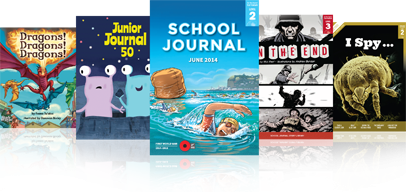
- Gold
- Purple
- Magenta
- Yellow
- 3
- 2
- 4
- 1
- 6
- 4
- 5
- 8
- 7
- 3
- 1
- English
- Social Sciences
- Science
- Health and Physical Education
- Technology
- The Arts
- Mathematics and Statistics
- Non-fiction
- Fiction
- None
- Nature of science
- Geometry and Measurement
- Living world
- Planet Earth and beyond
- Nature of technology
- Physical world
- Number and Algebra
- Statistics
- Technological knowledge
- Material world
- Technological practice
- Engage with science
- Gather and interpret data
- Interpret representations
- Use evidence
- Articles
- Stories
- Poems
Search results
166 items - Showing 11 - 20
-
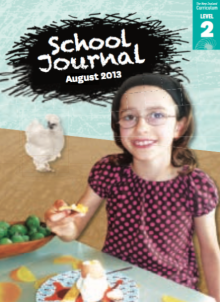
Ramadan is Coming
by Marita Vandenberg
Obay’s family has come to New Zealand from Saudi Arabia. The article describes his family’s daily life, then focuses on the activities that occur at Ramadan. Obay and his brothers attend regular school, and their mother maintains their Arabic learning at home.
-
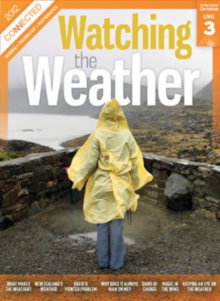
New Zealand's Weather
by Eric Brenstrum
This article outlines the global influences on the weather. It explores how oceans, continents, and icecaps affect the way air moves, heats, and cools. It then reinforces the concepts explained in “What Makes the Weather” by applying them to the context of weather in the South Pacific and particularly in New Zealand.
-
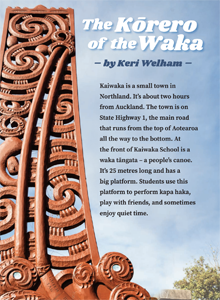
The Kōrero of the Waka
by Keri Welham
Te Waka Rangimārie o Kaiwaka is a 25-metre waka at the entrance to Kaiwaka School in Northland. The waka welcomes people to the school and is also enjoyed as a kapa haka platform, a play area, and a quiet place to sit. The focus of this article is on the whakairo (carvings) of the waka, which tell stories about the Kaiwaka area and the school community. The article includes a profile of carver Tim Codyre, who speaks of the rich and changing traditions of whakairo.
-
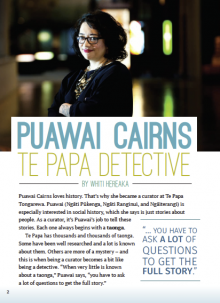
Puawai Cairns: Te Papa Detective
by Whiti Hereaka
This article describes the work of Puawai Cairns, a curator at Te Papa Tongarewa. Puawai believes that as a curator, her job is to tell stories about people: “Each one always begins with a taonga.”
-
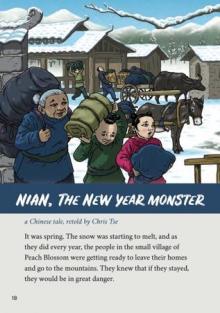
Nian, the New Year Monster
A Chinese tale, retold by Chris Tse
This story sets out to explain the origin of the Chinese New Year festival. It tells how a mysterious old man helps a village to get rid of Nian, a rampaging monster who has been terrorising the villagers at the start of every spring (on the first day of the Chinese New Year). The story is told in the style of a traditional folk tale, but its origins are thought to be more recent.
Purple 2
-
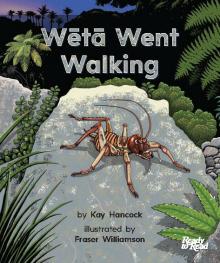
Wētā Went Walking
written by Kay Hancock
illustrated by Fraser Williamson
When Wētā goes walking in the bush, Rat decides to go hunting ... Will Wētā be safe? Does he know Rat is following him?
This dramatic, open-ended story is ideal for fostering students’ enthusiasm and confidence as readers. The rhythmic, repetitive language encourages and supports students to read along with the teacher, even from their first day of school.
#LFH
-
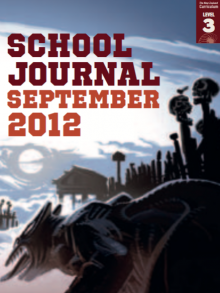
The Dinosaur Hunter
by Norman Bilbrough
This article tells the story of a New Zealand woman who, like Mary Anning (see “Mary Anning: Fossil Hunter”), had a great curiosity about rocks and the fossils in them. The article continues the theme of change over time.
-
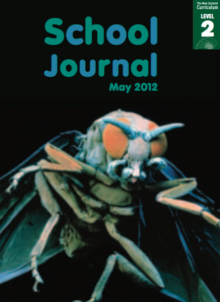
Te Namu – the Nuisance Fly
by Ross Calman
This article may look like a story at first glance, but the dramatic illustration helps to introduce an informative report on the sandfly – and the reason it is such a nuisance to humans. The report gives some facts about how humans in Aotearoa New Zealand managed problems with sandflies in earlier times. It then explains where sandflies are found, why they bite, their life cycle, the reason why their bites are itchy, and how to prevent bites.
-
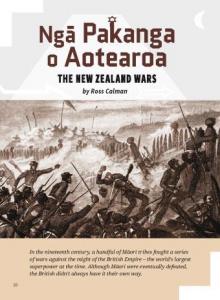
Ngā Pakanga o Aotearoa/The New Zealand Wars
by Ross Calman
“The New Zealand Wars” describes the wars fought between 1845 and 1872. The wars were about who controlled the country and who owned the land. This long and fascinating article explains the circumstances of the wars, including the areas and tribes involved. There are good general descriptions of the main confrontations and key players, both Māori and British. The text is written by a Māori author who presents a balanced account of the wars and their impacts.
-
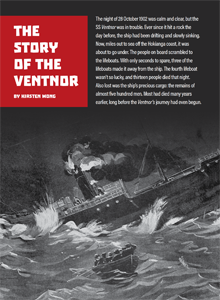
The Story of the Ventnor
by Kirsten Wong
In 1902, thirteen lives were lost when the SS Ventnor sank off the Hokianga coast in Northland. The ship was carrying the carefully packaged bones of almost five hundred Chinese goldminers on their way home for burial. Despite immediate efforts to retrieve the bones, the ship and its precious cargo were lost. Over the following months, some of the bones washed up on Hokianga beaches. Most of these bones were collected and cared for by local iwi, with the stories of the shipwreck and the Chinese kōiwi passed down across generations of Māori. Over one hundred years later, some of the decendants of the goldminers discovered the fate of the bones and the kindness that iwi had shown and travelled north to learn more. A shared respect for the ancestors has since drawn together Chinese New Zealand communities and the iwi who are now kaitiaki of the goldminers’ remains.







 Literacy Online home
Literacy Online home
